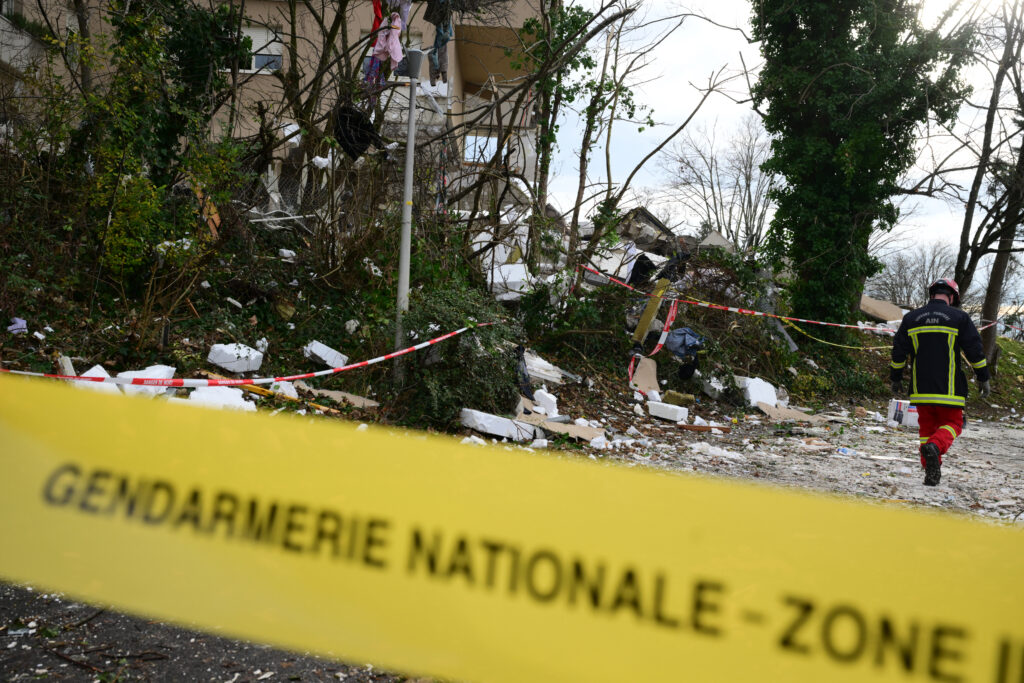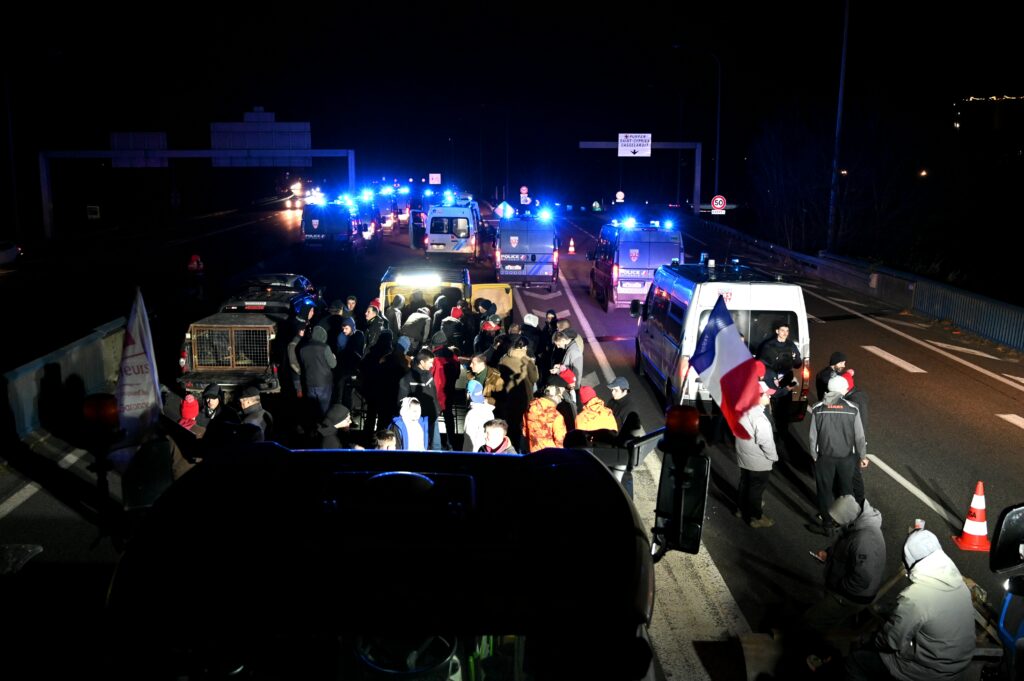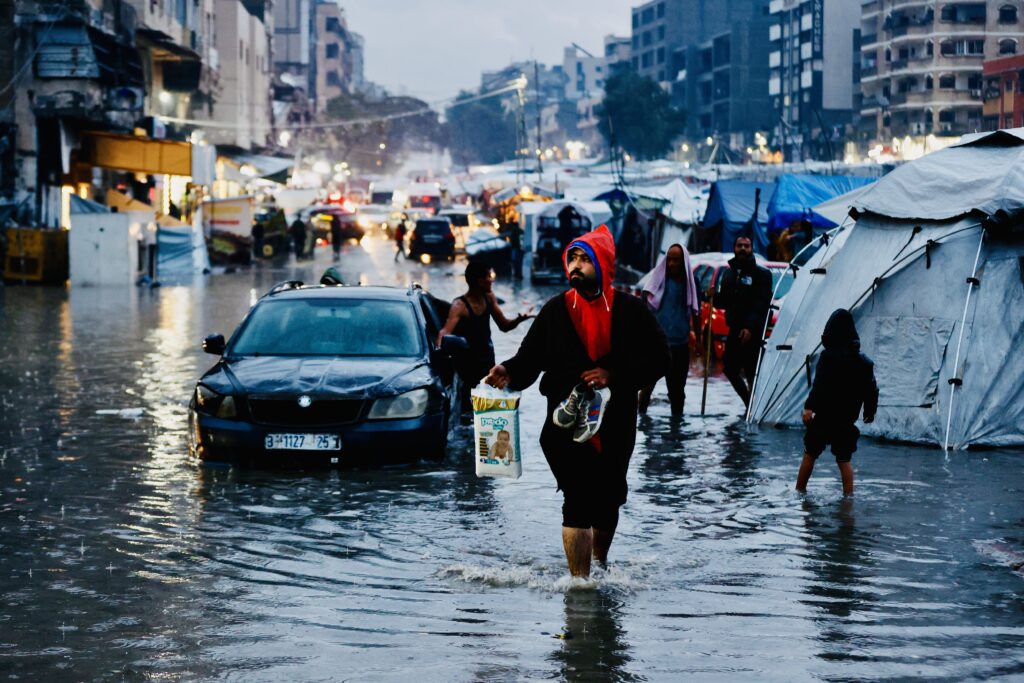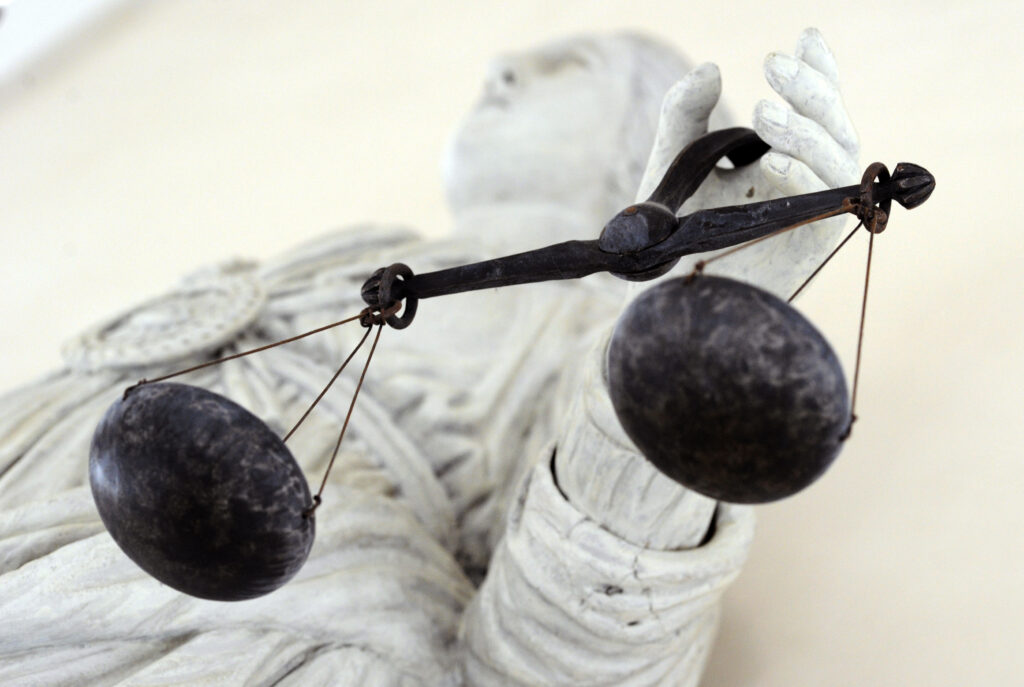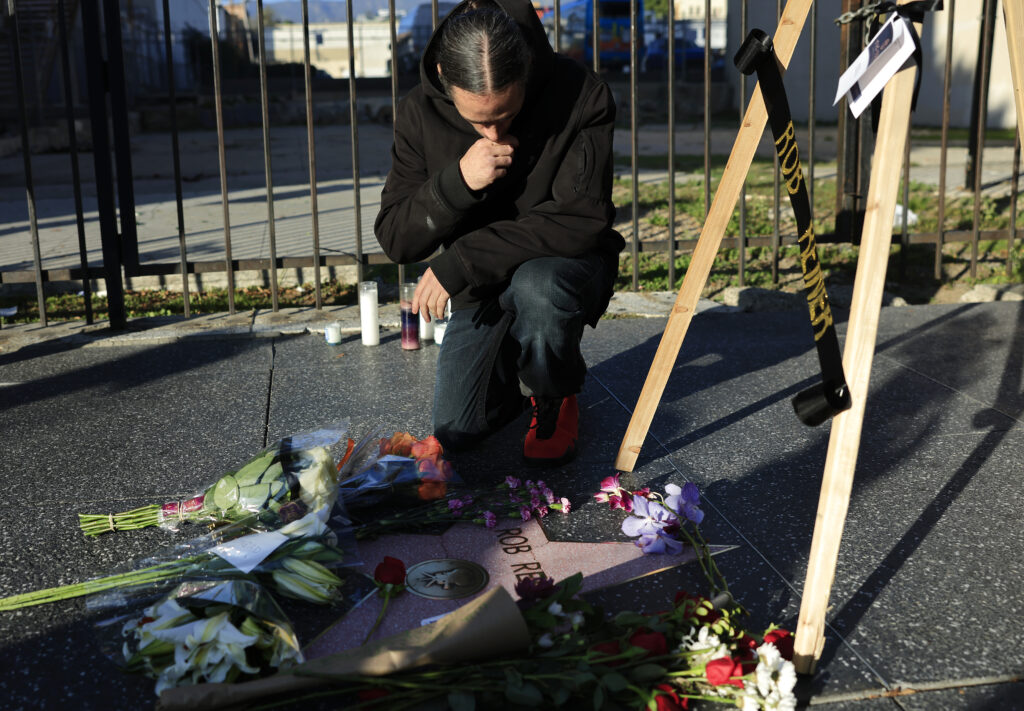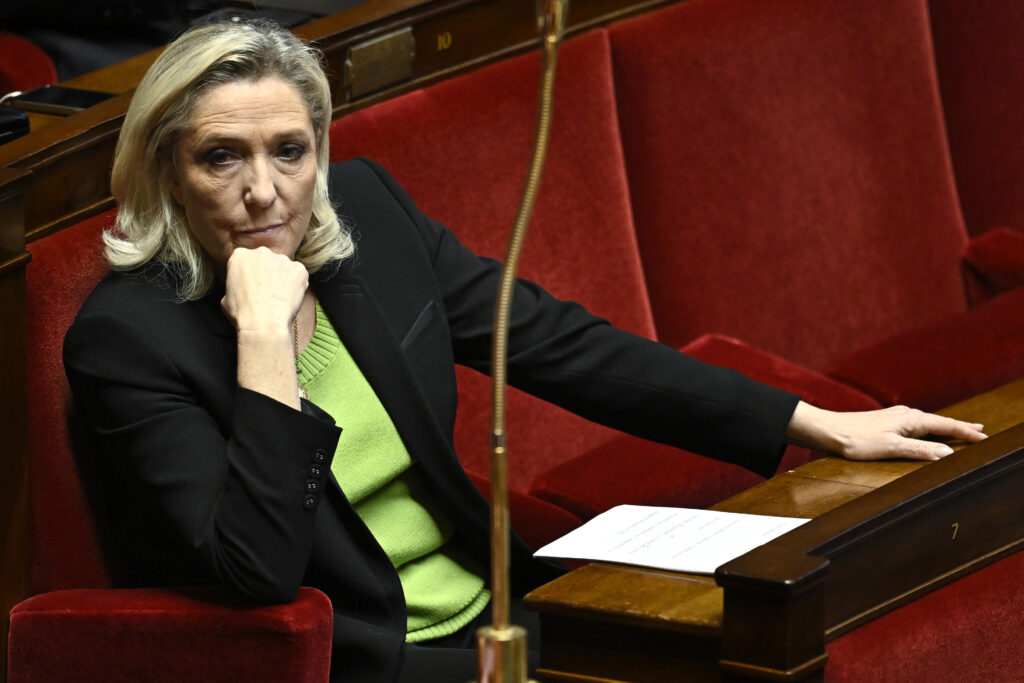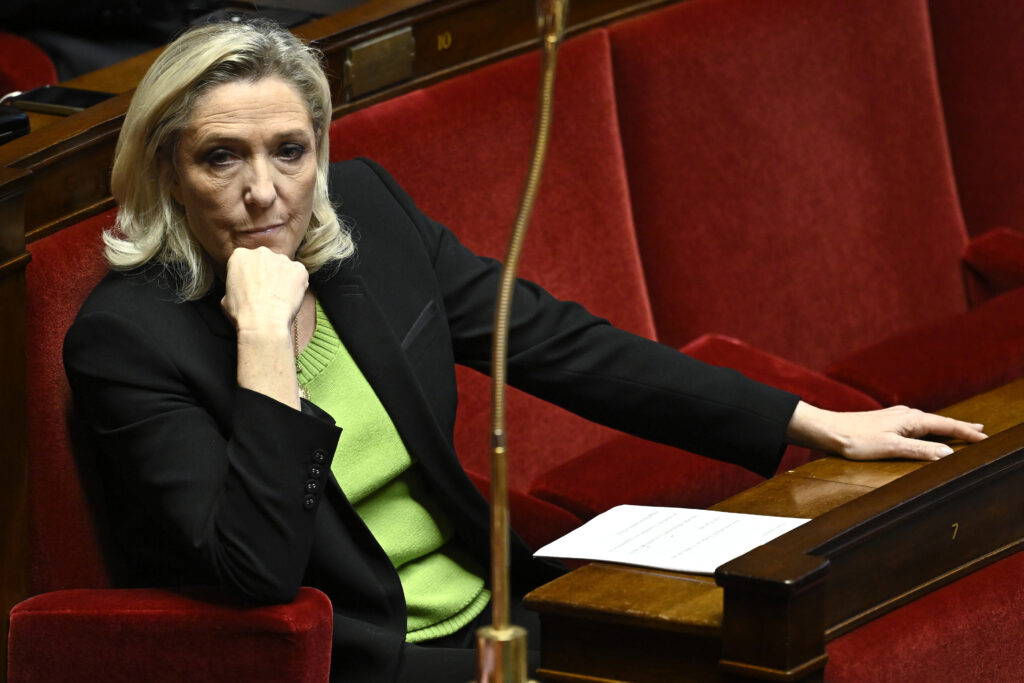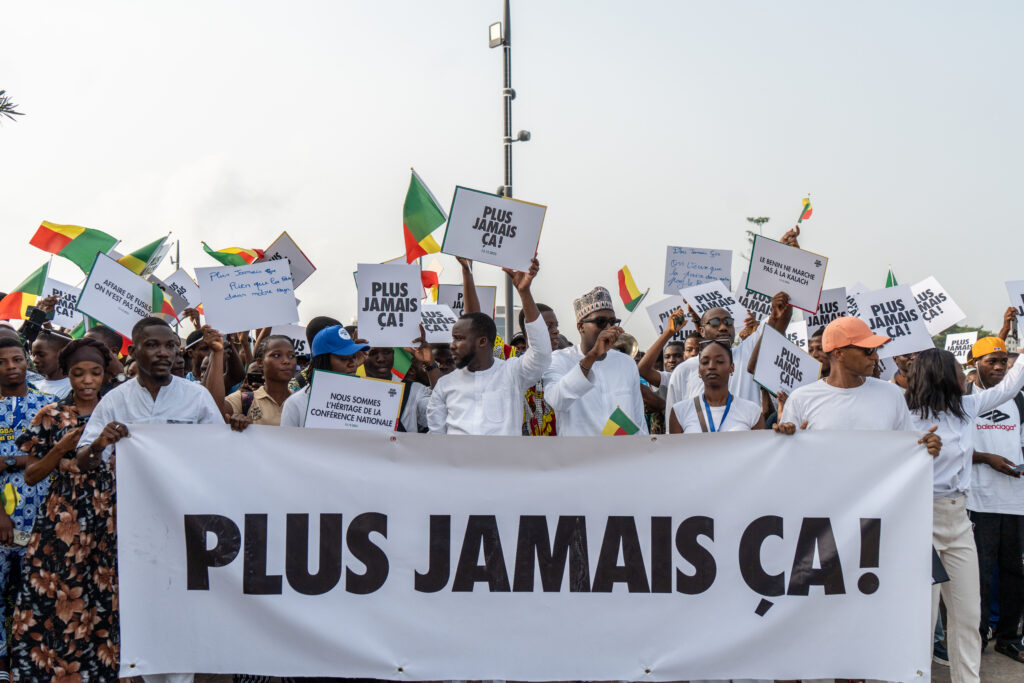Explosion mortelle dans l’Ain: une personne toujours recherchée
Les recherches ont repris mardi à Trévoux, dans l’Ain, pour retrouver une “personne manquante” au lendemain de l’explosion, d’origine encore indéterminée, qui a tué deux enfants en bas âge et fait une dizaine de blessés.”Il y a une personne qui manque à l’appel, qui était probablement occupante d’un des logements. Ce sont les équipes cyno(philes) qui sont en recherche actuellement”, a déclaré à la presse le ministre de l’Intérieur Laurent Nuñez, lors d’une visite.Un peu plus tôt, le maire de Trévoux Marc Péchoux avait mentionné des personnes “dont on n’a pas forcément de nouvelles. Mais rien ne dit qu’elles étaient dans leur appartement”, avait-il dit devant la presse. Il a évoqué des recherches menées lundi “jusqu’à 23H30 avec des chiens qui n’ont rien détecté”.L’explosion, survenue vers 17H30, au rez-de-chaussée d’un immeuble d’habitation de quatre étages, a tué deux jeunes enfants et fait “une dizaine de blessés en urgence relative”, selon le ministre. “On a 53 personnes impliquées qui ont été choquées”, a-t-il ajouté.”Sur les motifs de cette explosion, il y a une enquête qui est en cours”, et les investigations sont menées par les gendarmes sous l’égide du parquet de Bourg-en-Bresse, a-t-il déclaré, refusant d’en dire davantage.Le maire de la ville de 6.930 habitants, située à une quarantaine de kilomètres au nord de Lyon, a évoqué la piste d’une explosion due au gaz mais le parquet a souligné dans un communiqué qu’à ce stade, les causes exactes n’étaient “pas encore déterminées avec certitude”.Les deux garçons, des frères de trois et cinq ans, ont été sortis des décombres en arrêt cardio-respiratoire mais n’ont pas pu être ranimés, selon une source au sein des secours.La zone autour de l’effondrement était toujours barrée mardi par des cordons de sécurité derrière lesquels s’affairaient pompiers et gendarmes.- “La cuisine coupée en deux” -Tôt mardi, des résidents sont venus, parfois avec leurs enfants, souvent en peignoir, chaussons ou vêtement de jogging, dans l’espoir de récupérer quelques affaires dans les logements alentours, évacués la veille par précaution. L’accès à l’immeuble de l’explosion reste interdit d’accès.Samira y vivait au deuxième étage avec ses trois enfants. Au moment de l’explosion, “j’étais avec mon fils, il était dans sa chambre, d’un coup tout est tombé par terre”, raconte-elle.”C’est tombé d’un coup. On a plus de porte, elle s’est envolée, les fenêtres et la terrasse ont été soufflées. La cuisine a été coupée en deux”, dit cette mère célibataire, dont un fils a été légèrement blessé. “Je ne peux plus rentrer chez moi je suis au camping”.La mère d’Abdel, âgée de 81 ans, habitait elle aussi au deuxième étage de l’immeuble soufflé. “Elle n’a rien compris. La porte a volé, les fenêtres ont éclaté. Un bruit assourdissant, comme une bombe”, a raconté à l’AFP le fils de l’octogénaire.”Elle est en état de choc, elle est légèrement blessée aux genoux. L’essentiel, ce matin, elle est chez moi, elle va bien”, a-t-il ajouté.Le ministre de l’Intérieur a salué l’action des pompiers, notamment de deux officiers qui sont intervenus en civil lundi en dehors de leur service et “qui ont été les premiers à pratiquer les gestes de secours, notamment sur les deux jeunes enfants”.Venu pour témoigner du “soutien” et de “la compassion du gouvernement”, Laurent Nuñez a également “salué un habitant de l’immeuble qui a joué un rôle important pour procéder aux évacuations” et souligné qu’une chaîne de solidarité” s’était mise en place pour prendre en charge les sinistrés.L’immeuble où l’explosion a eu lieu comptait 20 logements, dont 19 occupés par quelque 70 habitants. Tous ont été évacués et ils ne pourront pas le réintégrer dans l’immédiat. Ils ont été hébergés provisoirement dans des hôtels, un camping ou bien chez des proches, selon la mairie.”Le périmètre va être gelé pendant le temps nécessaire aux constatations”, a dit le ministre.
